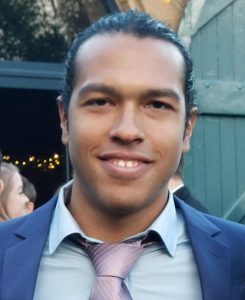200 College Street
Toronto
ON
 Joel Corbin, PhD
Joel Corbin, PhD
Research Officer, Metrology Research Centre National Research Council Canada
The combustion of carbonaceous fuels emits radiation-absorbing gases and particles, including but not limited to soot. These emissions play a major role in climate forcing. For example, mean global forcing by soot approaches that by CO2 and regional forcing by soot can exceed that of CO2. Yet recent work has recognized the role of other forms of carbon, such as small light-absorbing molecules (brown carbon) and light-absorbing macromolecules (tarballs).
Particle deposition on glaciers and snow further accelerates their melt. In order to understand the environmental effects of these materials, their fundamental properties must be understood, as these influence their atmospheric impacts, particularly their radiative forcing, and their deposition rates, resulting for example in the darkening of glaciers and snow. This talk will discuss the chemical nature of these light-absorbing carbons as well as physical models for their optical properties. The determination of accurate optical models is surprisingly difficult, and leads to the conclusion that the relative importance of non-soot aerosols can be surprisingly high.